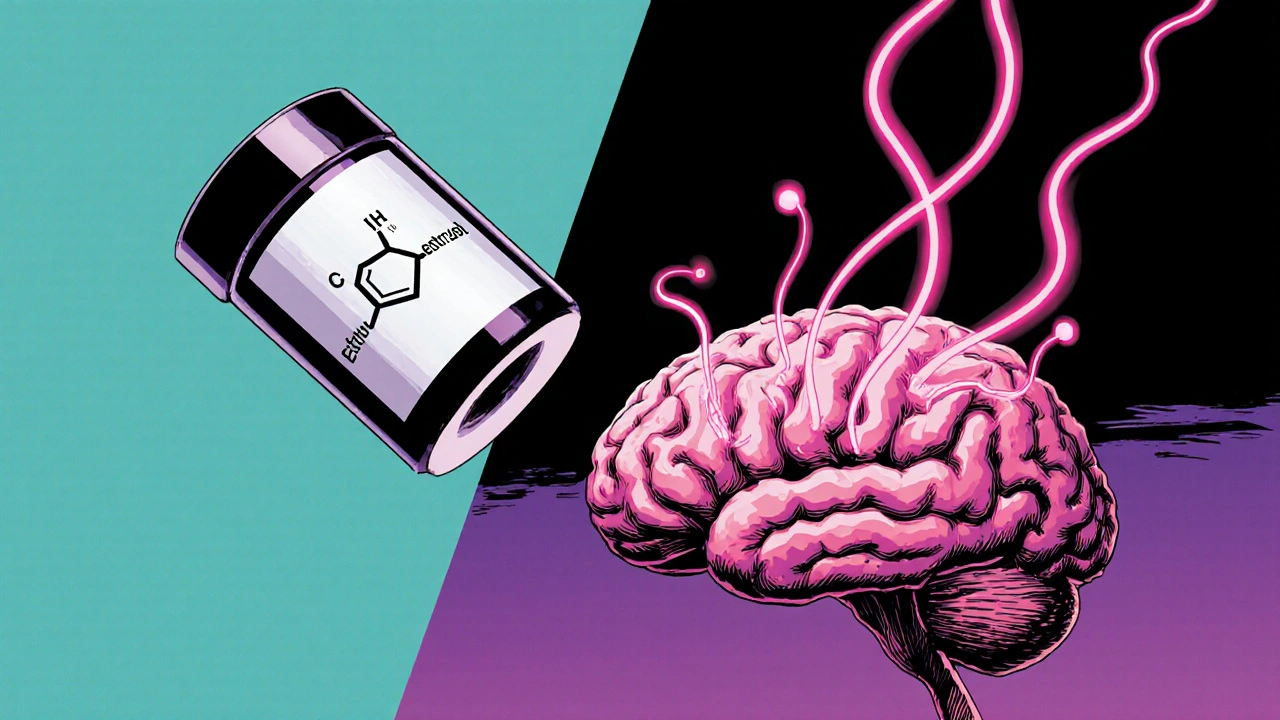
Explore how the synthetic estrogen ethinylestradiol BP influences mood and mental health, uncover risk factors, and learn practical steps to manage side effects.
When working with hormonal contraception, a method that uses synthetic hormones to prevent pregnancy. Also known as birth control hormones, it helps regulate the menstrual cycle and stop ovulation. One common form is birth control pills, daily oral tablets containing estrogen and progestin. Another widely used option is the intrauterine device (IUD), a small T-shaped device placed inside the uterus that releases levonorgestrel. The contraceptive patch, a skin‑applied square that delivers hormones through the bloodstream and the hormonal implant, a tiny rod inserted under the arm that slowly releases progestin round out the main categories. Together these methods illustrate how hormonal contraception offers flexibility, convenience, and high effectiveness when you understand how they work.
Hormonal contraception includes birth control pills, patches, implants, and IUDs, each delivering a specific blend of estrogen, progestin, or progestin‑only. The basic principle is to prevent ovulation: the hormones signal the brain to stop releasing the hormones that trigger egg release. When ovulation doesn’t happen, there’s no egg for sperm to meet, which means pregnancy can’t start. Some methods, like the levonorgestrel IUD, also thicken cervical mucus and thin the uterine lining, creating extra barriers.
Understanding hormone regulation is essential because side effects often stem from how your body processes these synthetic hormones. For example, daily pills require strict timing to keep hormone levels stable, while a patch or implant provides a steadier release, reducing the chance of missed doses. In clinical practice, providers match the method to your lifestyle, medical history, and preferences. That’s why a clear comparison of efficacy, side‑effect profile, and cost helps you make an informed decision.
Emergency contraception influences the effectiveness of regular hormonal methods. If a regular method is missed or a condom breaks, a single dose of levonorgestrel or ulipristal acetate can prevent a pregnancy by delaying ovulation. However, it’s not a substitute for an ongoing method; it’s a backup that works best when taken as soon as possible after the incident.
Beyond pregnancy prevention, many users appreciate the additional benefits of hormonal contraception. Some pills can reduce menstrual cramps, make periods lighter, or even eliminate them altogether. Hormonal IUDs often lead to lighter bleeding after the first few months, and the implant can improve acne for some users. These secondary effects are part of why doctors often recommend a specific method for women who also need symptom control.
When you look at the collection of articles below, you’ll find practical tips on choosing the right method, managing side effects, and understanding how each option fits into a broader health plan. Whether you’re curious about the latest patch technology, need a step‑by‑step guide to IUD insertion, or want to compare costs of generic birth control pills, the posts are organized to give you clear, actionable information.
Ready to dive deeper? Below you’ll discover detailed guides, side‑by‑side comparisons, and real‑world advice that can help you decide which hormonal contraception method best matches your life and health goals.

Explore how the synthetic estrogen ethinylestradiol BP influences mood and mental health, uncover risk factors, and learn practical steps to manage side effects.